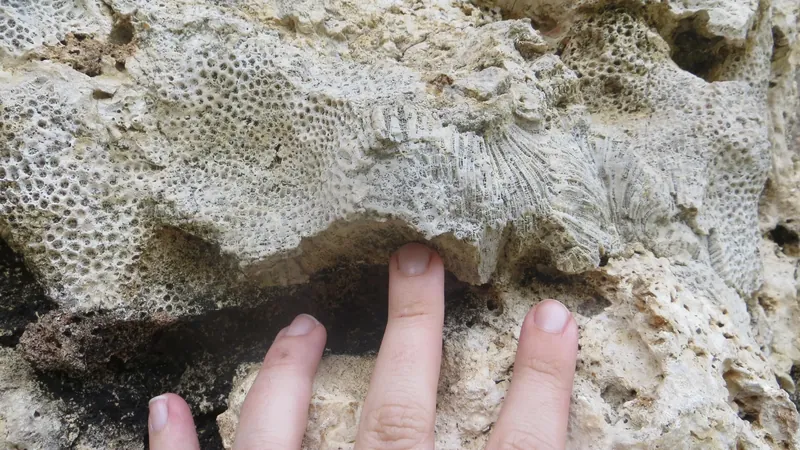
Unlocking the Secrets of Turtle Scales: How Physics Shapes Evolution
2025-06-10
Author: Mei
Dive into the Remarkable World of Turtle Scales
In the fascinating realm of vertebrates, skin features like scales, hair, and feathers typically stem from specialized skin regions known as placodes. However, there's a twist in the tale when we look at crocodiles and now, turtles. Recent research has unveiled that turtles tap into both placodal development and mechanical folding to create their distinct head scales.
The Groundbreaking Discovery from UNIGE
A groundbreaking study spearheaded by scientists at the University of Geneva (UNIGE) highlights how turtles uniquely combine these two evolutionary strategies, a first among vertebrates. This insight not only sheds light on reptile evolution but also opens doors for potential innovations in various applied fields.
Two Mechanisms, One Head: The Turtle Formula
Led by the distinguished Professor Michel Milinkovitch, the research team previously explored scale formation in crocodiles. In a twist of fate, they discovered that turtles employ a dual approach: while the peripheral scales on their heads utilize the classic chemical placode model, the top of the head relies on mechanical stress caused by the slower growth of underlying tissues.
Using advanced 3D light-sheet microscopy and sophisticated computer modeling, the researchers revealed how these mechanical forces create the unusual polygonal patterns typical of turtle heads. Rory Cooper, a postdoctoral researcher and co-author of the study, states, "This mechanical folding explains the asymmetrical shapes of the scales on the top of the head," showcasing the remarkable variability between individuals.
An Evolutionary Insight: The Ancient Connection
From an evolutionary lens, this discovery is monumental. Both tortoises and aquatic turtles, the closest living kin to crocodiles and birds, share this mechanical process, suggesting it traces back to a common ancestor. Professor Milinkovitch points out, "This indicates that the ability to create head scale patterns through mechanical forces is an ancient trait, likely shared with dinosaurs and lost later in birds."
The findings from this study, published in iScience, not only enrich our understanding of reptile evolutionary history but may also inspire innovations in biological engineering and materials science.
What Lies Ahead for Turtle Research?
As turtle research unfolds, the implications of this study could extend far beyond evolutionary biology, potentially influencing fields such as robotics and bio-inspired design. The intricate fusion of genetics and physics in the development of these scales may pave the way for innovative solutions in technology and design.



 Brasil (PT)
Brasil (PT)
 Canada (EN)
Canada (EN)
 Chile (ES)
Chile (ES)
 Česko (CS)
Česko (CS)
 대한민국 (KO)
대한민국 (KO)
 España (ES)
España (ES)
 France (FR)
France (FR)
 Hong Kong (EN)
Hong Kong (EN)
 Italia (IT)
Italia (IT)
 日本 (JA)
日本 (JA)
 Magyarország (HU)
Magyarország (HU)
 Norge (NO)
Norge (NO)
 Polska (PL)
Polska (PL)
 Schweiz (DE)
Schweiz (DE)
 Singapore (EN)
Singapore (EN)
 Sverige (SV)
Sverige (SV)
 Suomi (FI)
Suomi (FI)
 Türkiye (TR)
Türkiye (TR)
 الإمارات العربية المتحدة (AR)
الإمارات العربية المتحدة (AR)